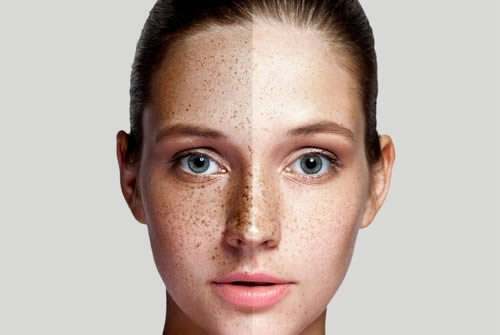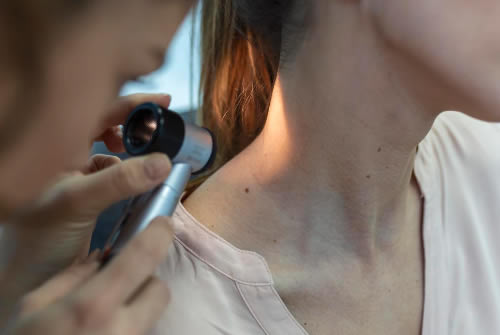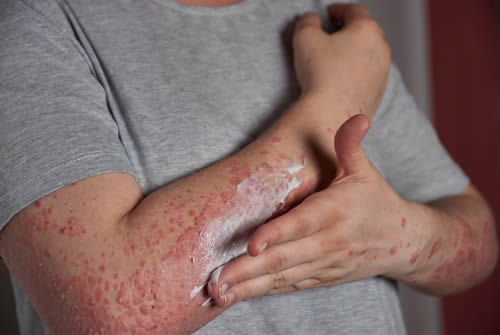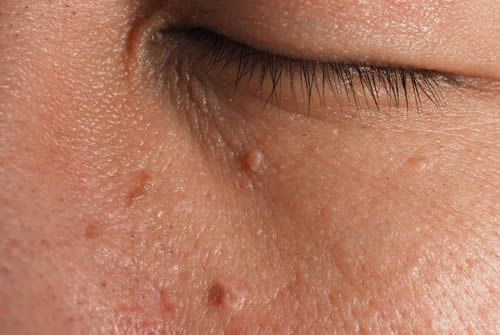
Melasma: The Mask You Can’t Take Off
Melasma is a prevalent skin condition that results in brown or grayish patches on the face, particularly on the cheeks, nose, forehead, and chin. It is more common in women, particularly those with darker skin tones. Melasma is often caused by hormonal changes, such as pregnancy, birth control pills, or hormone replacement therapy. Nevertheless, it can also be triggered by sun exposure, genetics, and certain medications.
If you have melasma, you are not alone, and there are various treatments that can help you manage and reduce the appearance of your condition. Dr. J. Gregory Neily at Coast Dermatology can help you with a combination of treatments that will help restore your skin’s natural beauty.
The first step in treating melasma is to protect your skin from the sun. You should apply a sunscreen with a minimum SPF of 30 every day and wear a hat and sunglasses when outside. If you are undergoing hormone therapy, consider talking to your doctor about modifying your medication to avoid melasma.
Topical medications can also be useful in treating melasma. Some of the most common topical medications include:
- Tranexamic acid: helps reduce pigmentation and improve skin tone.
- Kojic acid: helps reduce hyperpigmentation and dark spots.
- Azelaic acid: reduces pigmentation and inflammation.
Aside from these topical treatments, chemical peels and microdermabrasion can also be used to exfoliate the skin and reduce the appearance of melasma. In severe cases, laser treatments may be recommended.
If you have melasma, schedule an appointment with a dermatologist like Dr. Neily. He can determine the underlying cause of your melasma and create a personalized treatment plan that works best for you. With proper treatment and care, you can achieve a more even skin tone and regain your confidence.





